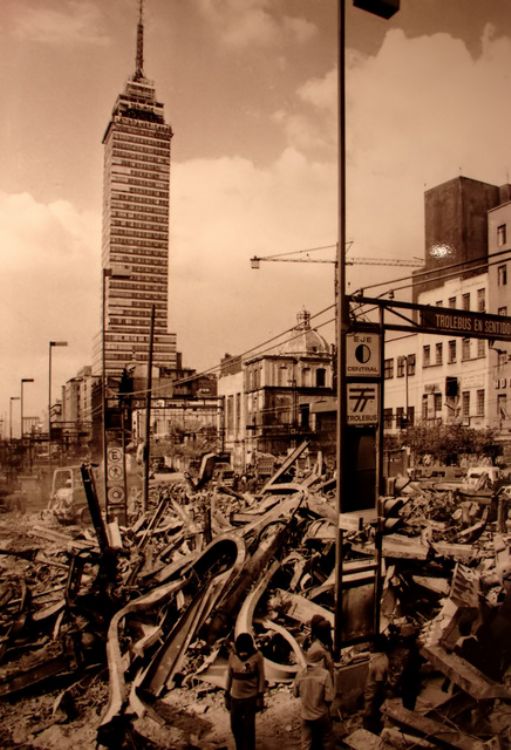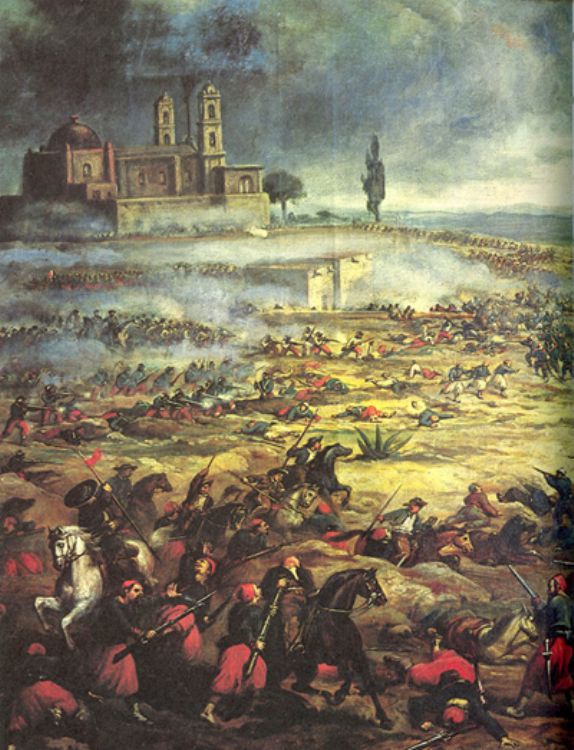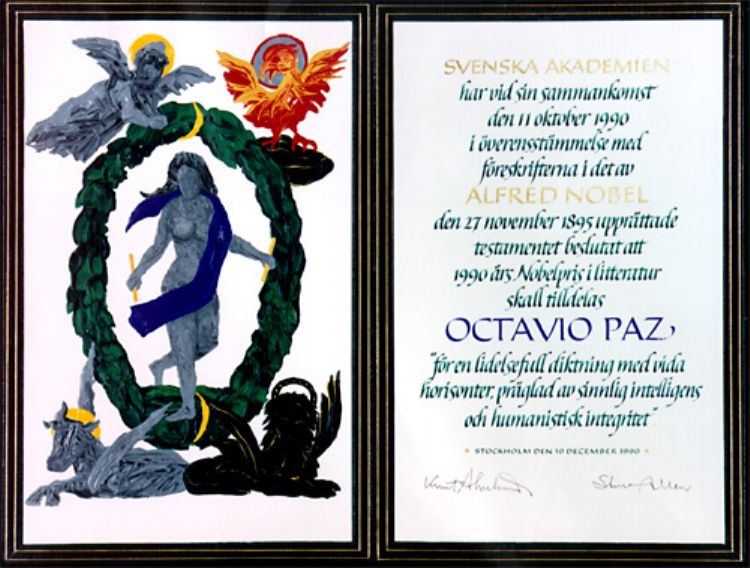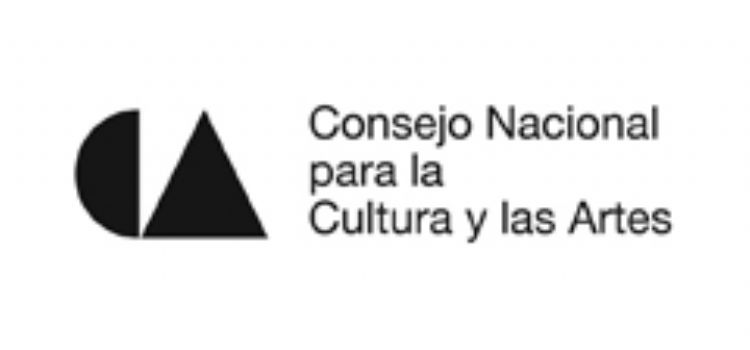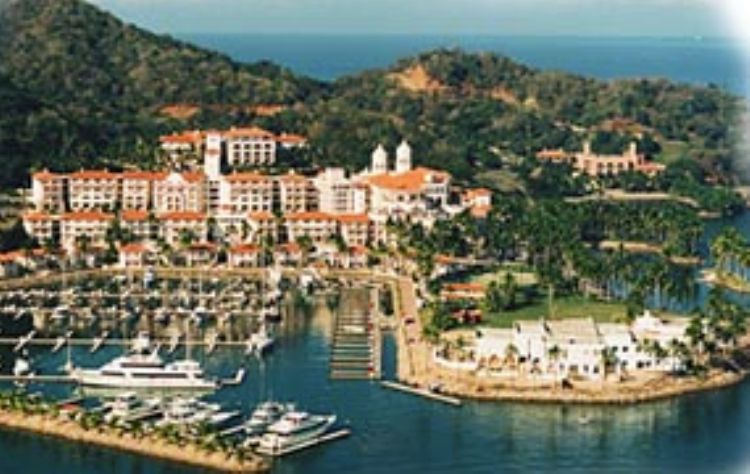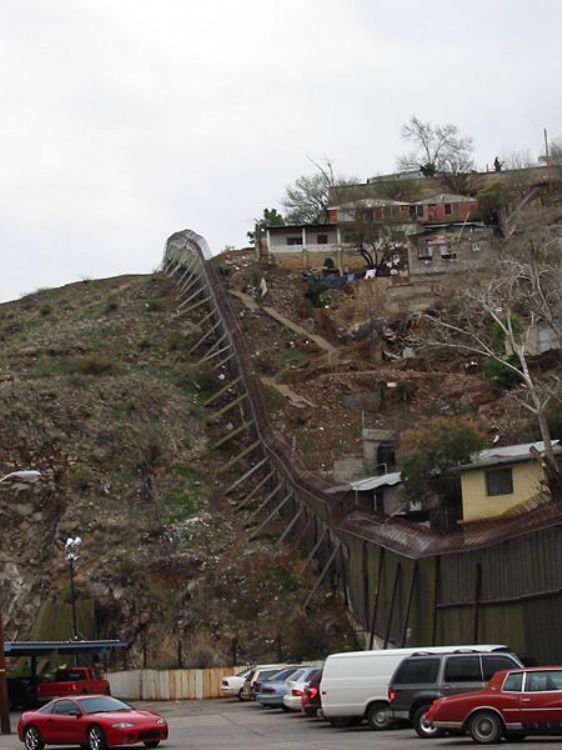Mexico's Presidents, XX and XXI Centuries
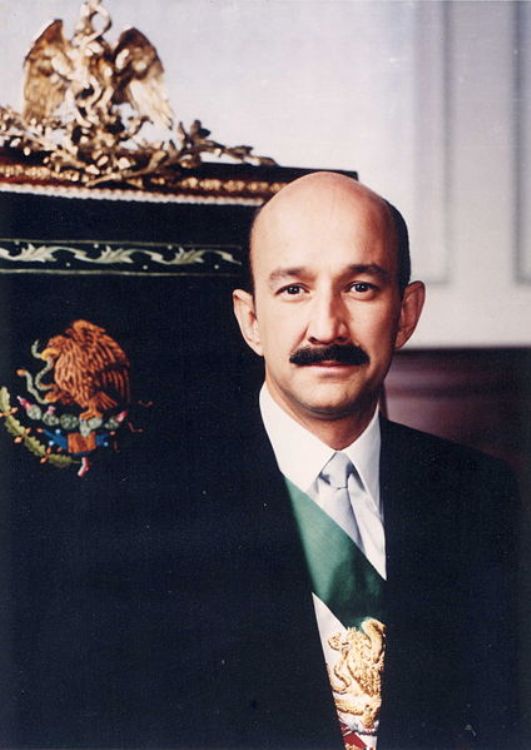
The long presidential period of Porfirio Díaz, and the social conditions of most of the population, resulted in the revolutionary movement that obligated his resignation. However, a political and ideological struggle started that lead the constitutional presidents not to a battle for power, but to a search in the formation of a country through the recognition of societyâs rights that had been fought for in the revolution. In that sense, the XX century and its president in Mexico are characterized by the building of a country not only in the political sense, but also in the institutional, economical, social and cultural.
Francisco I. Madero, revolted with the Plan de San Luis calling for the Revolution in 1910 and triumphed in the elections, even though that wasnât enough for stabilizing the country, because there was a great interest of the military and politicians in the governmentâs representation. Thus, in 1911 in charge of the country was Francisco León de la Barra, who during his interim started the Tratados de Ciudad Juárez. In 1913 he was assassinated by a conspiracy, which originated the shortest mandate in the countryâs history, Pedro Lascaurain was president during 55 minutes, so Victoriano Huerta could search for the support of the United States and the revolutionaries. When he resigned, Francisco S. Carvajal was in charge of the presidency in 1914, although for a short time, had the great role of handing Mexico City to the constitutionalists. Other interim presidents for the same reasons, instability, resignations, etc., were Eulalio Gutiérrez (1914), Roque González Garza, Francisco Lagos Cházaro (1915).
Venustiano Carranza was the figure who could unite the revolutionaries, supporting the rebels so they would make Huerta disappear. On the 26 of March, the governor of Coahuila, Venustiano Carranza, published the Plan de Guadalupe, not recognizing Huerta as president; he became Chief of the Constitutionalist Army and, during a long military campaign, achieved to defeat the federals, uniting in September of 1916 the Constituent Congress. On the 21 of November of that year, the Assembly was set up in Queretaro, on the 23rd the board of directors was elected; on the 1st of December Carrana handed the project of reform. On the 31 of January 1917 the Constitution was signed and Venustiano Carranza and the deputies of Congress took charge.
Álvaro Obgreón. When Obregón took power in 1920, the political unity of the country did not exist. The president was far from having the control and power Díaz had achieved; their situation was difficult. Their domain over local military chiefs was very limited. In 1920 Obregón defeated Carranza military, the person who was once his ally. It was necessary for Obregón to neutralize Carranzaâs forces now opposing his regime. Thatâs why he sent into exile and jailed other military chiefs that werenât loyal to him. He imposed a loyalty policy for solidifying his government. Obregón wanted to somewhat diminish the power of the military by reorganizing the army. He partially achieved it with the creation of reserves, dismissing a considerable number of generals, chiefs, officials and troops. Military suburbs were created for allowing the return to civil life for some of the armyâs men. He also banished, with help from the United States, a movement of Adolfo de la Huerta who tried to rebel against the government. The most transcendent of his mandate was the process of political centralization, the weakening of military power and the final appeasement of the armed struggle.
Plutarco Elías Calles governed from 1924 to 1928, during which there were conflicts between the Catholic Church and the State, originating the Cristera War. Emilio Portes Gil was provisional president from 1928 to 1930 and ended the Cristera War. Pascual Ortiz Rubio was president from 1930 to 1932, resigning because of political disagreements with Plutarco Elías Calles, then substituted by the two year interim of Abelardo L. Rodríguez.
In 1934 the presidential period of Lázaro Cárdenas started, which has been one of the most fruitful known by the national economy, of an eminently social character, he achieved to conduct the internal forces of the country towards a truly sustained development. Cárdenas believed the fields were one of the key factors for a country to prosper. Thatâs the reason for the vigorous measures of the agricultural reforms, the nationalization of resources, which allowed Mexico to reorient its productivity towards its own benefit. The nationalizations and creation of state enterprises were some of the actions that made key sectors of the economy more dynamic.
In 1940 with Manuel Ávila Camacho the situation changed drastically, the international monopoly investments became apparent in the industry, services, commerce and agriculture â now unprotected again â started to invade the country with foreign companies and with a never before seen speed. Thus, the presidency of Ávila Camacho consisted in stabilizing the social and political systems broken by the quick Cárdenas reforms, eliminating the problems that populist policies had brought on a party that didnât have true radical programs like the one before. This president created the bases for an industrial development, taking advantage of the economic and political opportunities created by the II World War.
In 1946 Miguel Alemán Valdez arrived to the Presidency, the central power was no longer held by the army. The institutionalization of political processes had finally converted this institution into an instrument of the central government, without the capacity to directly intervene in political decisions. The tone of Alemánâs administration was to spectacularly accelerate the industrialization process by unconditionally supporting the action of a great private industry. Alemán left for the national industry an open tourist infrastructure, with great hopes. He gave a great impulse to new tourist centers as Acapulco and Puerto Vallarta, where private investment found great achievements through time. He tried to provide the industry with new highway systems and commerce policies that allowed the promotion of tourist as a main income source in many areas of the country.
In 1952 the industrial period continued with Adolfo Ruiz Cortines. The systematic promotion of tourism started and the migration of Mexican workers; the absorption was activated and later the formation of companies mixed with private Mexican capital, and even public, with foreign societies. The new investments, mainly indirect (loans), started to be used as a mechanism for maintaining the âbalanceâ of payments and expand the infrastructure.
Adolfo López Mateos was elected for the presidential period of 1958 â 1964. This president attempted at the beginning of his government to mitigate the trend towards inequality in the social structure typical of the prevailing economic development, which had caused unrest among certain syndicate unions. The effort had certain initial effects, but didnât reach very far when facing the pressure of the powerful groups that had been affected and practically stopped during the last years of his administration. López Mateos attempted to provide new support to the fields, Education and health, all of them abandoned by a development and industrial policy. Simultaneously, society experienced an increase of the middle and low classes, a consolidation of the upper class, privileged by the concentrations of capital in the industry. Small owners and merchants were only destined to survive, since the buying power, despite the post-war boom, was not satisfactory.
Gustavo Díaz Ordaz has been one of the most controversial and criticized presidents, whose period from 1964 to 1970 gave an impulse to the industrial and farming sector, although he showed intolerance towards the social manifestations claiming for better work and economic conditions. Luis Echeverría Álvarez lead the nation from 1970 to 1976, searching for investments and the creation of infrastructure. José López Portillo, who governed from 1976 to 1982, had a phase of economic imbalance, inflation and consequences in the foreign debt used for financing development projects. He faced one of the greatest economic crises in history, deriving in the devaluation of the peso and the nationalization of the banks.
With Miguel de la Madrid started a period called of technocrats, who had basically studied abroad and were clearly applied in the economical adjustments they proposed. With the presidency of Miguel de la Madrid (1982 â 1988), there were significant changes in the economic direction of the country, which was headed towards commercial openness and an impulse to foreign trade.
Carlos Salinas de Gortari (1988 â 1994) was an economist open to the new world processes of commercial liberation, during his mandate the project that had started during the former six years was concreted by signing the North American Free Trade Agreement (NAFTA). However, he developed one of the greatest social programs âSolidaridadâ which created infrastructure and services for the population of scarce resources. At the end of his mandate he faced a political and economic crisis with the uprising of the Ejército Zapatista de Liberación Nacional and the consequent economic instability caused by micro and macroeconomic processes.
The arrival of Ernesto Zedillo to power wasnât initially planned by the PRI. It is one most difficult political, economic and social stages for our country. In 1994 Mexico lived a terrible devaluation, which led the country to face an economic reality. The impact directly centered on the middle and low classes, which later had a political cost for the party in power.
During the former year, an economic crisis was gestating, which means that Ernesto Zedillo only received the remains of an economy that was deficient in many aspects. The growth of the economy during the six years of Carlos Salinas was 3.9% and Zedillo miraculously achieved a 3.3%, with a yearly growth of 5.2%. Regarding issues of foreign policy, Zedillo was outstanding for promoting the signing of diverse treaties. This period is characterized by a policy based n the credibility of Free Trade; NAFTA started and also the signing of treaties like the European Union, considered the second power on a commercial level worldwide.
At the end of his mandate, Ernesto Zedillo freely allowed the game of political forces called alternation, in which the political, social and ideological conditions were born so the candidate of the opposition, Vicente Fox Quesada from Partido Acción Nacional, to whom he handed the presidential banner in the year 2000. Since then there have been significant changes in areas as the transparency of institutions, the impulse to diverse commercial treaties, the modification of the foreign policy line.
The Constitutional President of Mexico, elected for the period 2006 to 2012, Felipe Calderón Hinojosa, has redefined the role of the countryâs institutions, facing a great challenge regarding safety, economic development, infrastructure, education, health and foreign relations.
Artículo Producido por el Equipo Editorial Explorando México.
Copyright Explorando México, Todos los Derechos Reservados.
Foto: Wikipedia.Org

